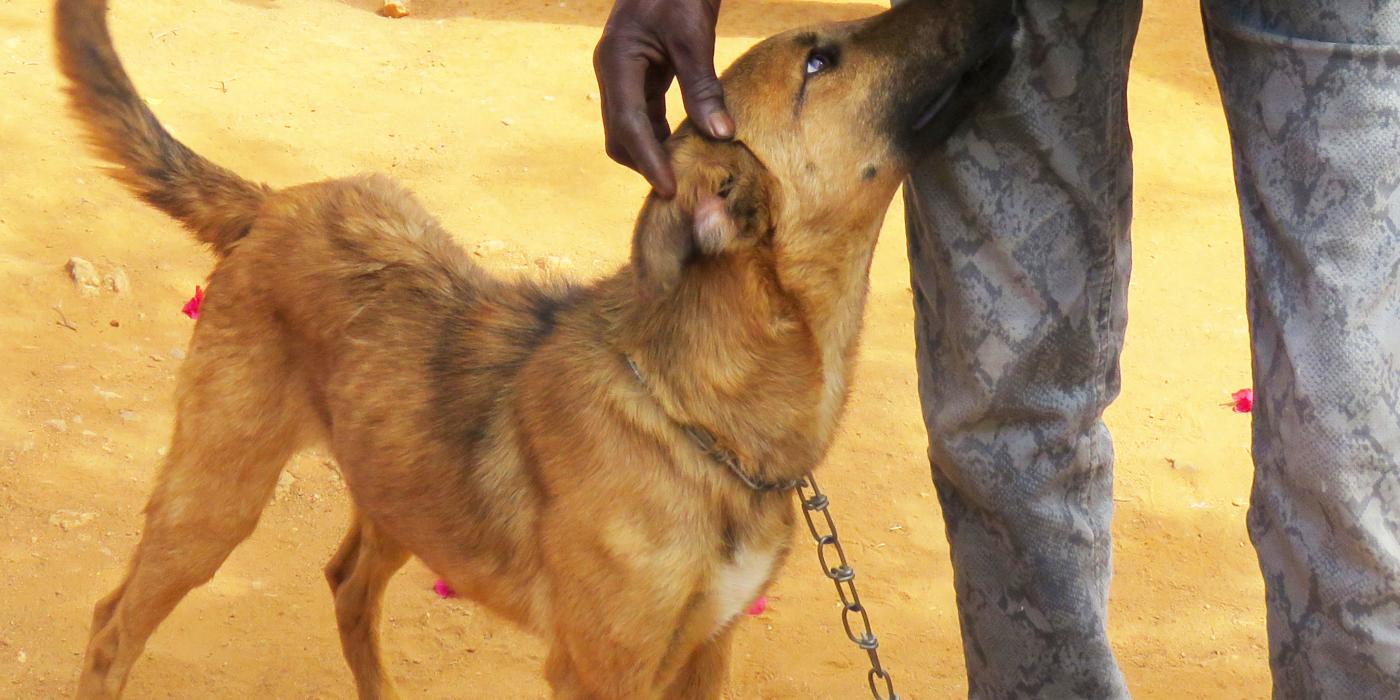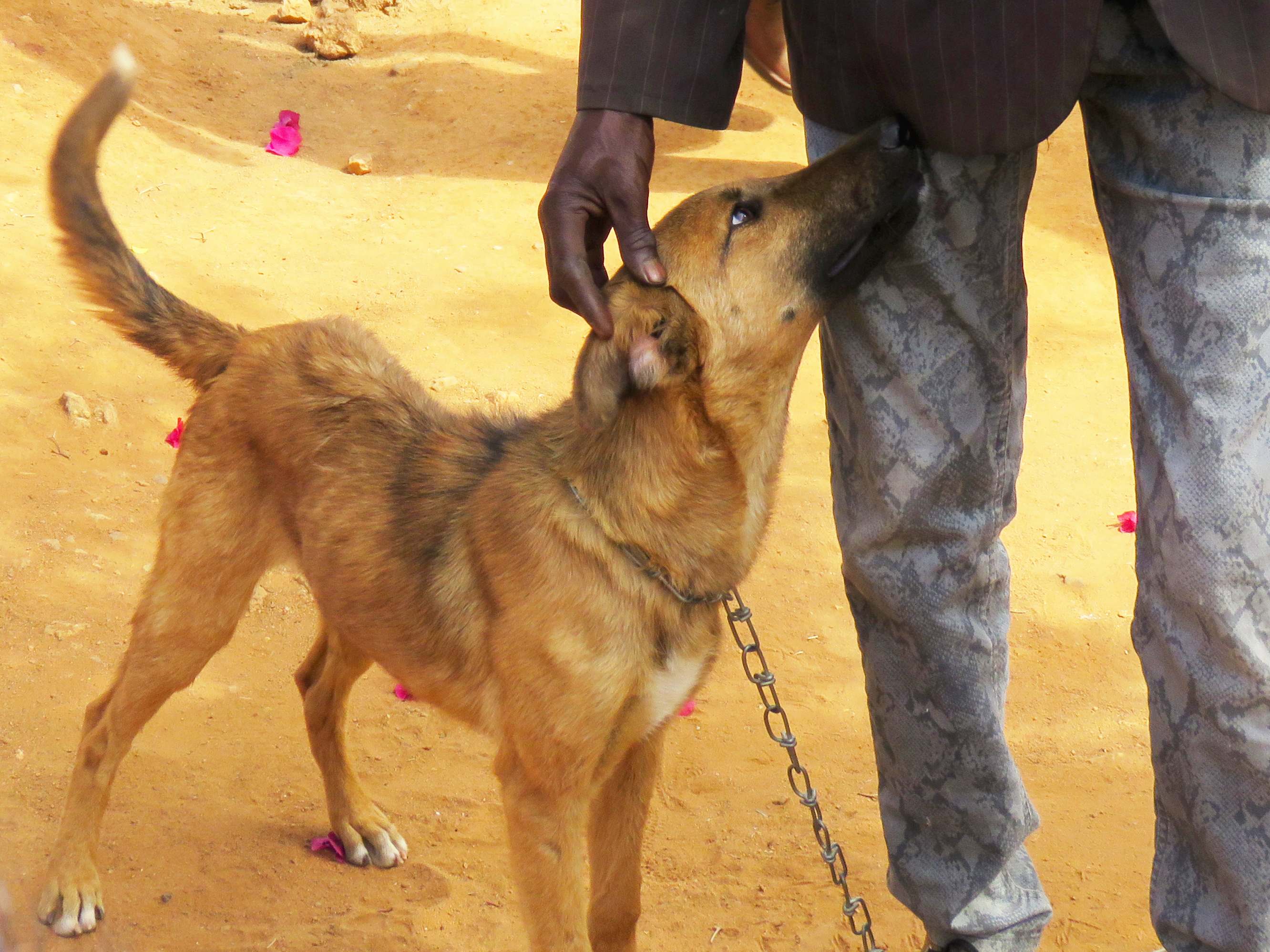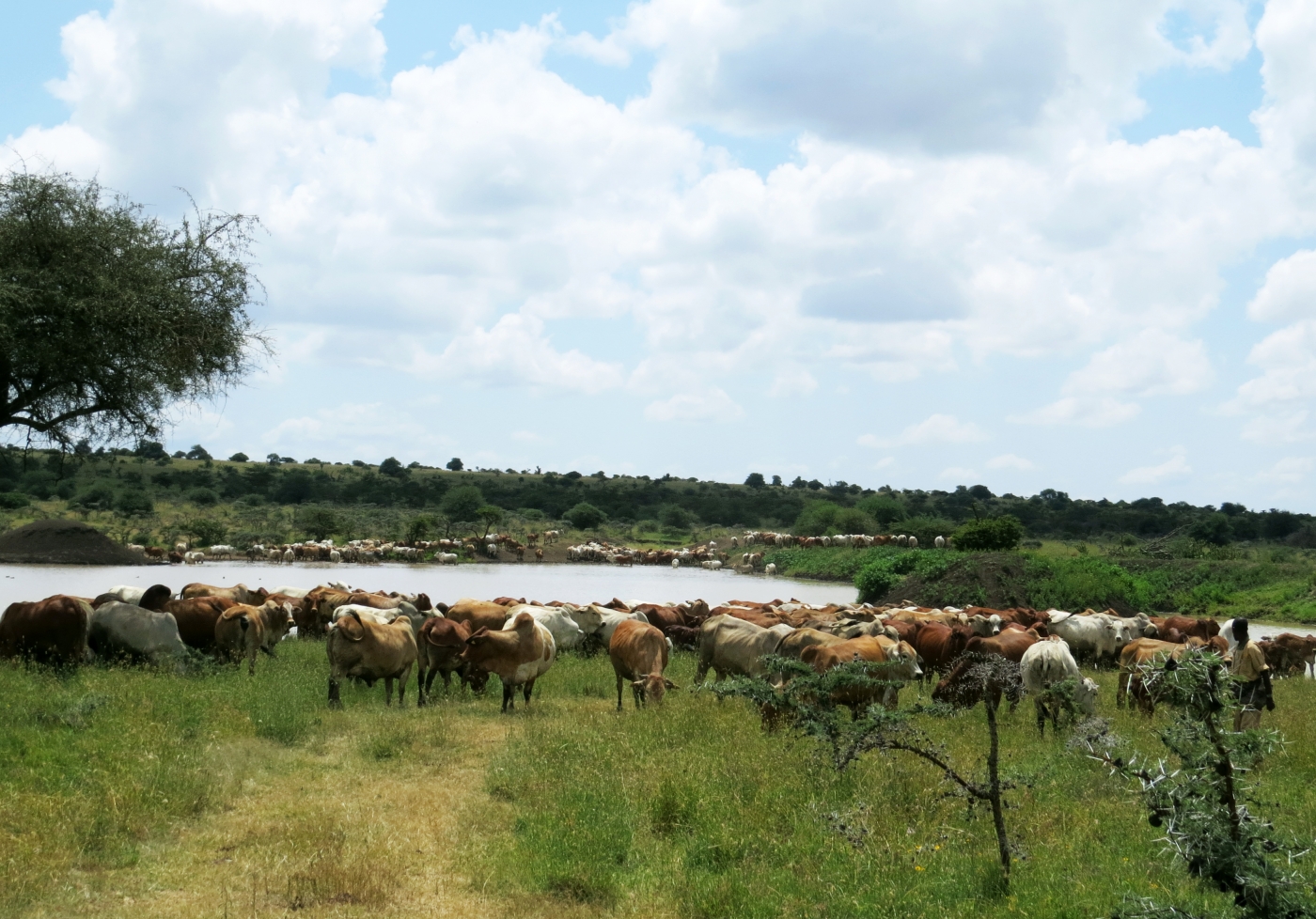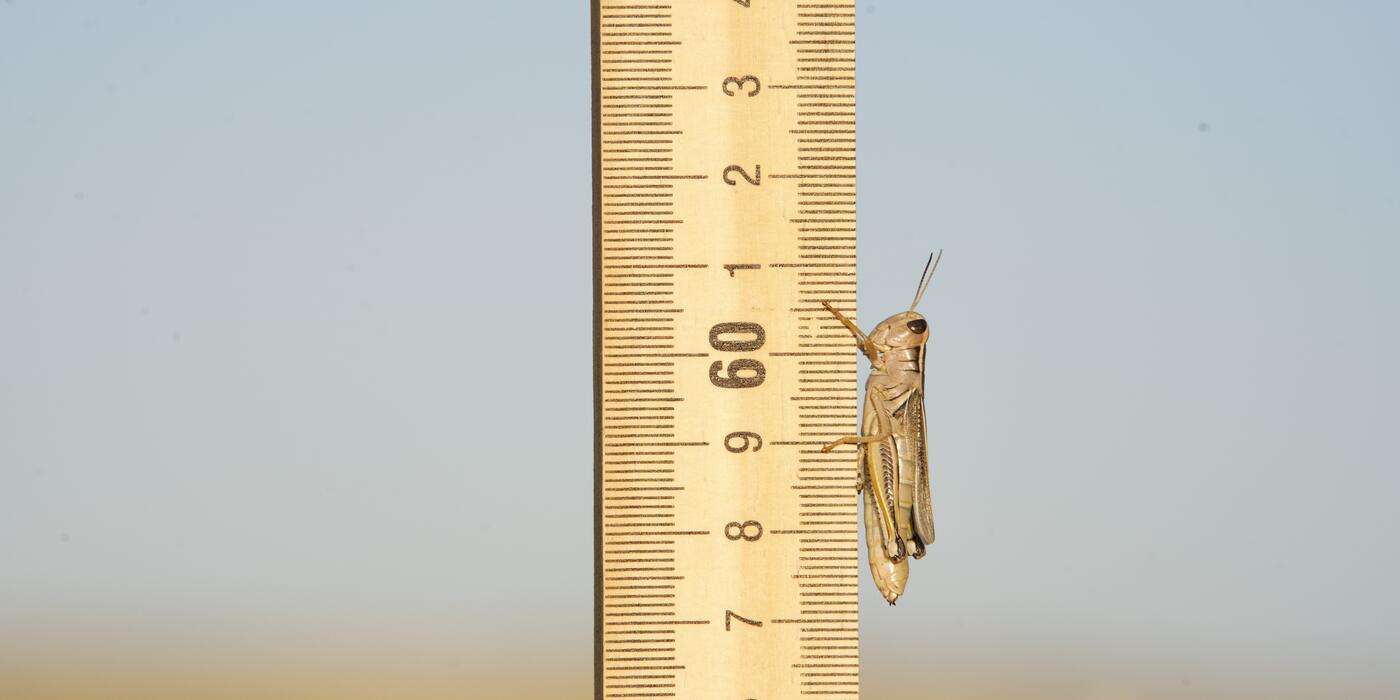Stopping Rabies in its Tracks: How Canine Vaccines are Saving Lives in Kenya

Rabies is one of the oldest zoonotic diseases (diseases passed from animals to humans) known to mankind. Here in the U.S., most people’s pets are protected from rabies by regular vaccinations from the veterinarian. So when we think about rabies cases in the Americas, we tend to imagine raccoons and foxes, or bats roosting in roofs and hiding in rafters. But rabies can infect virtually all mammals.
In other parts of the world, we should instead be thinking about dogs. Up to 99% of human rabies cases in Asia and Africa are caused by dogs. When a person contracts rabies through the bite of an infected animal, the virus travels along the nerves until it reaches the brain. Once there, it causes inflammation, followed by some of the classic symptoms like foaming at the mouth and aggressive behavior. Because there is no cure for rabies, the disease is often fatal.
Access to canine rabies vaccines and public health campaigns are highly effective in preventing outbreaks in people and other species. However, in less developed regions or rural areas with little access to veterinary services, unvaccinated dogs can pose a significant threat. Rabies carried by dogs kills about 2,000 people in Kenya every year, many from rural areas.
In October, Global Health Program veterinary fellows Drs. Maureen Kamau and Ellie Milnes participated in the annual Laikipia Rabies Vaccination Campaign in Laikipia County, Kenya, which aims to eradicate (or completely eliminate) the virus from the region.

Although dogs are the main carriers of the virus, other domestic animals living near people can also be susceptible. This includes pets like cats, as well as livestock like horses and cattle.
In rural regions with limited access to health care and veterinary services, this is not only a concern for human health, but can also have downstream consequences for people’s livelihoods. Rural farmers can experience financial insecurity when rabies strikes a cattle herd, because each individual animal is an important source of income.

Rabies is also a concern for wildlife. In parts of Kenya, wild animals share the landscape with unvaccinated feral and free-roaming dogs. This leaves wildlife vulnerable to viral exposure through close contact. When it comes to rare species, each individual is valuable. A rabies outbreak can have a devastating impact when a species’ population is already dwindling.
The best way to prevent rabies (and to protect people and animals) is to vaccinate the primary host — in this case, the domestic dog. This is the mission of the annual Laikipia Rabies Vaccination Campaign. LRVC aims to eradicate the disease in the area by providing free rabies vaccinations and information to local communities that may not otherwise have access to them.

This year’s campaign began on World Rabies Day on Sept. 28. The program is staffed entirely by volunteers and a team of veterinarians who have already vaccinated 7,000 dogs and 1,200 cats.
Vaccines work by stimulating the immune system (the body’s defense system against pathogens) to recognize and mount a response against viruses. So the next time a vaccinated dog encounters rabies, it will not develop the disease or become infectious to other animals. This is called immunity, and it stops a potential outbreak in its tracks.
It’s impossible to vaccinate every single dog in the area, but once enough animals are vaccinated, the disease becomes so rare that it cannot be maintained in a population, no longer poses a threat and can hopefully be eliminated. This is how human vaccines work, too!
In addition to these critical free vaccination services, it is equally important to inform dog owners of the risk that unvaccinated dogs might pose to human health. To accomplish this, Dr. Kamau and Dr. Milnes are also conducting research to find out what people know (and don’t know) about rabies.
This kind of research is called a knowledge, attitudes and practices study (or KAP study). It can help identify gaps in community knowledge and behaviors that might leave people vulnerable to disease exposure. For example, many languages refer to “rabies” as “mad dog disease,” leading to a common misunderstanding that the disease only affects dogs and people are not at risk.
The principle of One Health means that the health of domestic animals, people, wildlife and the environment are all intertwined. The global burden of rabies demonstrates just how closely our health is interrelated, and illustrates the value of veterinary medicine to human health and wildlife conservation. In short, vaccinating dogs also protects wildlife and saves human lives.
Veterinary fellows Dr. Maureen Kamau and Dr. Ellie Milnes are supported through a partnership between the Smithsonian Conservation Biology Institute, Mpala Research Centre, Kenya Wildlife Service and Ol Jogi Wildlife Conservancy, demonstrating the importance of this work to many stakeholders in the region.
Generous core support for the Global Health Program’s training program is provided by Morris Animal Foundation and Dennis and Connie Keller.

